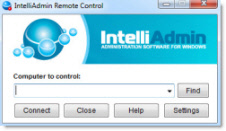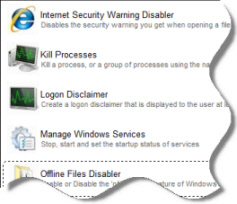email distribution list question
Here is the issue I am having at the moment: An incoming alert to our email server is in turn directed to an internal distribution list. This list contains one external email
address, by way of a ‘contact’ created in the exchange server and then added to the list. The issue is: sometimes there is a delay for the external recipient; anywhere from 7 minutes to 90 minutes before the email arrives at the external
address. I have yet to find an answer and just wondered if anyone could shed any light or point me in the right direction. When I originally created the DL, I used my own gmail account as a ‘contact’ in the list and I have the same
issue, so I am assuming the resolution lies somewhere in my Exchange2003 configuration.
December 16th, 2010 11:43am
What do the email headers say?[string](0..33|%{[char][int](46+("686552495351636652556262185355647068516270555358646562655775 0645570").substring(($_*2),2))})-replace " "
Free Windows Admin Tool Kit Click here and download it now
December 16th, 2010 12:04pm
On Thu, 16 Dec 2010 16:38:21 +0000, Francis35 wrote:
>Here is the issue I am having at the moment: An incoming alert to our email server is in turn directed to an internal distribution list. This list contains one external email address, by way of a ?contact? created in the exchange server and then added
to the list. The issue is: sometimes there is a delay for the external recipient; anywhere from 7 minutes to 90 minutes before the email arrives at the external address. I have yet to find an answer and just wondered if anyone could shed any light or point
me in the right direction. When I originally created the DL, I used my own gmail account as a ?contact? in the list and I have the same issue, so I am assuming the resolution lies somewhere in my Exchange2003 configuration.
Check the "Received:" headers in the message in the recipient's
mailbox. Each SMTP server will add one to the message and the the
difference in time between them will show you where the delay occurs.
If it's sitting in your organizaton you can check the SMTP protocol
logs for activity. Perhaps the receiving system is busy and the
interval between retries on your system is too long. Or the message
could be sitting on a server in the receiving organization.
---
Rich Matheisen
MCSE+I, Exchange MVP
--- Rich Matheisen MCSE+I, Exchange MVP
December 16th, 2010 8:50pm
Hi,
In addition, you can also use Message Tracking log to make sure no delay occur in your organization. Then use SMTP log to check the session between the Exchange 2003 and remote server.
Thanks
AllenAllen Song
Free Windows Admin Tool Kit Click here and download it now
December 21st, 2010 2:17am


